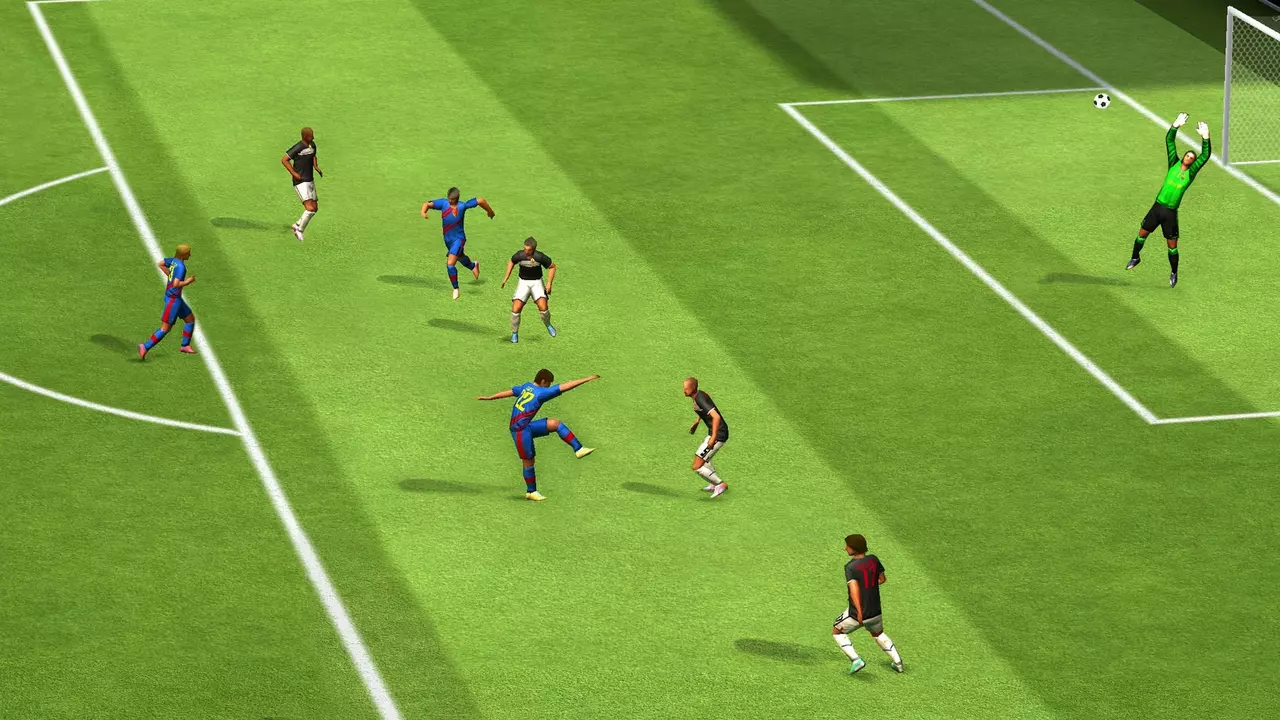What is the D/L method of scoring in football (soccer)?

Introduction to the D/L Method in Football
The D/L method, or Duckworth/Lewis method, is a mathematical formula used in weather-affected cricket games. However, many people are under the assumption that it is also used in football (soccer), which is not the case. In this article, we will explain what the D/L method is and why it is not applicable to football. We will also discuss the methods that are used in football to determine the outcome of a match when it is interrupted or abandoned. So, let's get started.
Understanding the D/L Method in Cricket
First, let's talk about the D/L method in cricket. It was introduced in the late 1990s by two statisticians, Frank Duckworth and Tony Lewis. The purpose of this method is to reset the target for the team batting second in a limited-overs cricket match when the match is interrupted due to weather or other unforeseen circumstances. The D/L method takes into account the number of overs each team has faced and the number of wickets they have lost, and then calculates a fair target.
Why the D/L Method is Not Applicable to Football
Now, why is the D/L method not used in football? The reason is simple - the nature of the two games is completely different. In cricket, each team has a set number of overs to score as many runs as possible. If a match is interrupted, the number of overs can be reduced, which changes the dynamics of the game. Hence, a method like D/L is needed to recalibrate the target.
In contrast, football is a continuous game that runs for a fixed period of time, split into two halves. The objective is to score more goals than the opposition within that time. There are no 'overs' or 'wickets' in football, so the D/L method has no relevance. Even in situations where a football match is interrupted, the game is usually resumed from where it left off, or replayed in full at a later date.
The Role of Stoppage Time in Football
While the D/L method doesn't apply to football, there is a concept somewhat similar in terms of compensating for interruptions, and that is 'stoppage time' or 'injury time'. In a football match, the referee adds on extra time at the end of each half to compensate for the time lost due to injuries, substitutions, or other stoppages. This ensures that each half lasts for around the intended 45 minutes of playing time.
Abandoned Matches in Football
What happens if a football match cannot continue due to severe weather conditions, crowd trouble, or similar reasons? In such cases, the match is usually abandoned and replayed in full at a later date. The score at the time of abandonment does not carry over to the replayed match. This is different from cricket where an interrupted match can be continued from the point of interruption, using the D/L method to adjust the target if necessary.
The Role of Penalty Shootouts in Football
Another important aspect of football scoring is the penalty shootout. This method is used to decide the winner of a match that has ended in a draw after extra time in knockout tournaments. Each team takes turns to take five penalties, and the team that scores the most goals is declared the winner. If the score is still level after five penalties each, the shootout continues on a sudden-death basis.
Conclusion: The Uniqueness of Football Scoring
In conclusion, while the D/L method plays a crucial role in cricket scoring, it has no place in football due to the different nature of these two sports. Football has its own unique methods to deal with interruptions and to determine the outcome of matches, such as stoppage time, replaying abandoned matches, and penalty shootouts. These methods have evolved over the years to ensure fairness and to maintain the excitement of the beautiful game.